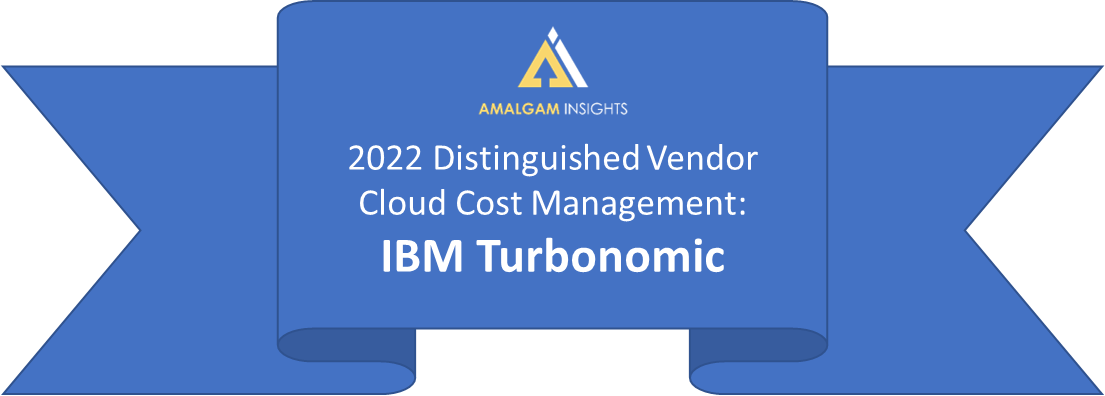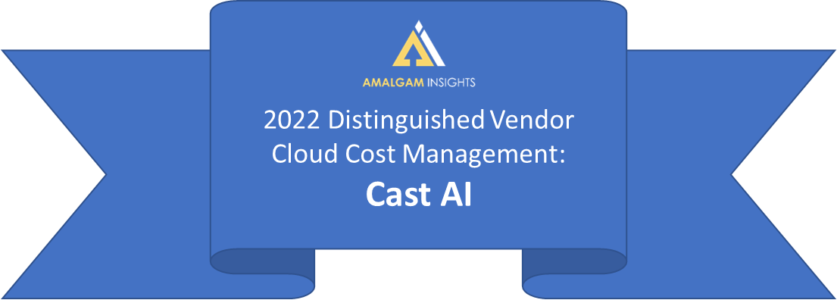Funding
Enterprise data intelligence platform Alation announced a $123M Series E round of funding this week. Thoma Bravo, Sanabil Investments, and Costanoa Ventures led the round, with additional participation from new investor Databricks Ventures and existing investors Dell Technologies Capital, Hewlett Packard Enterprise, Icon Ventures, Queensland Investment Corporation, Riverwood Capital, Salesforce Ventures, Sapphire Ventures, and Union Grove. Alation will use the capital to continue accelerating product innovation and global expansion.
Partnerships
Cloudera Expands Partner Opportunities, Accelerates Go to Market
On November 2, Cloudera debuted the Cloudera Partner Network, redesigning their existing partner program’s approach. CPN members will see improved tools for supporting go-to-market initiatives, a FastTrack Onboarding Program to shorten time-to-market capabilities, programs for rebates and market development funds to demonstrate financial commitment, a Partner Success Team to improve training, and additional benefits to support the new CDP One SaaS solution.
Launches and Updates
Collibra Announces Updates to Collibra Data Intelligence Cloud
At Data Citizens ’22, Collibra announced new capabilities for Collibra Data Intelligence Cloud. A new data marketplace will make it faster and easier to find curated and approved data, speeding up decision making and action. The Workflow Designer, now in beta, will help teams automate business processes in creating new workflows, and usage analytics will show which assets are most widely and frequently used. On the compliance side, Collibra also released Collibra Protect, available through their Snowflake partnership, to provide greater insight into how protected and sensitive data is being used, as well as protect said data and maintain compliance. Collibra Data Quality and Observability, when deployed in an organization’s cloud, will help organizations scale and secure their data quality operations.
IBM Announces IBM Business Analytics Enterprise
On November 3, IBM launched IBM Business Analytics Enterprise, a new suite that includes business intelligence planning, budgeting, reporting, forecasting, and dashboarding capabilities. Among the key new features is the IBM Analytics Content Hub, which will let users assemble planning and analytics dashboards from a number of vendor sources. In addition, the Hub tracks and analyzing usage patterns to recommend role-based content to users.
Up Next for Informatica: Intelligent Data Management Cloud for State and Local Government
Informatica released the State and Local Government version of their Intelligent Data Management Cloud this week. This continued expansion of vertical-specific IDMCs demonstrates Informatica’s commitment to serving a variety of government clients beyond just the federal.
Qlik Launches Real-Time Enterprise Data Fabric Qlik Cloud Data Integration
Qlik released Qlik Cloud Data Integration, a set of SaaS services that form a data fabric. Among the major cloud platforms QCDI will integrate with are AWS, Databricks, Google Cloud, Microsoft Azure Synapse, and Snowflake. Data from these sources will be sent through QCDI, where it can be transformed from its raw state to analytics-ready, allowing for automated workflows for apps and APIs while accounting for metadata management and lineage.


